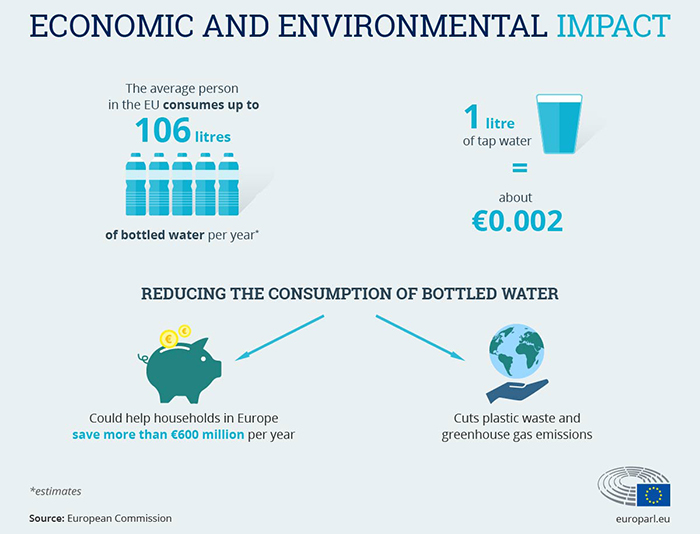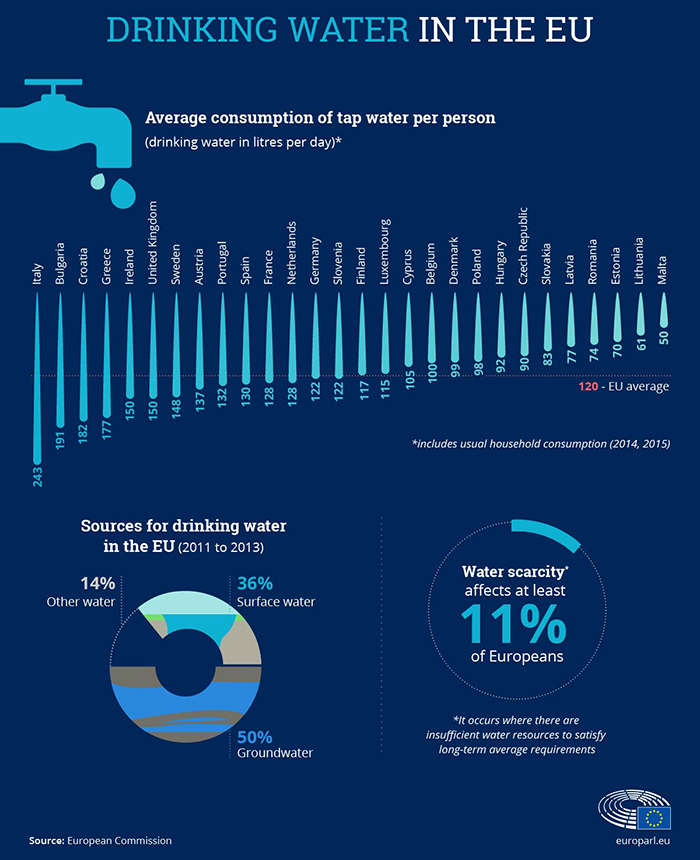Is there an easy, inexpensive way to check the overall quality of your tap water?
You can use a TDS meter (ppm pen - parts per million). TDS stands for 'total dissolved solids', which can be any particles such as sand, minerals or metals in the water. In general, the lower the TDS result is, the purer is the water. It can also be explained as the number of electrically charged compounds found in your drinking water.
These particles can either be natural minerals and trace elements from the earth, or pollution in the form of hormones, waste residues, heavy metals, pesticides...
What happens after the water goes through the Wetality Water cleaning system?
The water goes through 8 purifying processes. After the first stages where filters take care of cleaning the water, there is no ppm in such purified water. However, this water, although purified, would not be too healthy for everyday use.
It now lacks essential nutrients that our bodies need for proper functioning and which can be found in the natural state of water.
This is why the final stages of the Wetality Water cleaning system have been designed in a way to revitalize the purified water before it comes out of your faucet.
How is the purified water revitalized?
Final phases of the Wetality Water cleaning system take care that the pH level, Hydrogen level, and Minerals are boosted.
You can read more about it on the Wetality Water home page under each filter's description.
Why do PPM results swing in water purified through the Wetality Water cleaning system?
It depends on the way that you use your WW system. If the water is left standing in the system for example overnight, the filters will discharge bigger quantities of minerals into such water.
The more often you use the system, the fewer minerals there will be in your water because the mineral filter will not have enough time (contact) with the purified water in order to return bigger quantities of minerals into it.
What is the optimal way to use the Wetality Water cleaning system in order to obtain the right amount of minerals in your water?
Mineral level swings are generally not very important and you shouldn't bother too much with trying to figure out the right time and quantity of filtering your water - as long as you use WW water cleaner regularly. The lack of certain levels of minerals which may be the result of often rinsing through the machine during the day or some parts of the day will be compensated by higher levels your water will reach in times when the system has been left to stand still for some hours.
However, if you wish to achieve more precise and equal levels of good ppm in the water you drink, our advice would be to run the water a few times during the day through the system.
Special filters found in Wetality Water cleaning system boost pH, what are the levels?
Just as with mineral filter, pH level also depends on the way you use your Wetality water cleaning system.
If you let it rest overnight, and then tab the first glass of water, the pH result will be 8.6 - 9.8, also depending on different things.
The water you will get after this, if for example, you take 1 liter through the system, pH will be around 8.5.
After an additional 5 minutes of continuous use - taking a total of 5 liters of water through the system will lower the pH even more.
Our advice would be to restore the system by letting it rest for 1 or 1.5 hours and the pH will rise to a level of around 9.5 again.
(For your reference - average tap water pH is 7).
How to store your filtered water
When you use a good water filter make sure you store your clean filtered water in glass containers. If you store clean water in plastic it will ultimately become contaminated by the plastic leaching from the container. It may not be BPA, but there are thousands of other untested chemicals that leach into your water when it's sitting in a plastic container!
Where to put your water filter
It is smarter to purchase a serious countertop gravity filter or install the RO system in one of the kitchen cabinets, even if you lack space in your apartment. Small pitcher water filters are very practical, but unfortunately not very effective. When you think of it, there is always plenty of stuff we store but do not actually use and need. This valuable space could be used for a water system to ensure you and your family pure and safe water.
When not to use a standard RO filter
If you live in an area where there is a drought or limited water, it’s best to avoid using a standard reverse osmosis type of water filter.
It wastes 3 liters for each liter of clean filtered water you get!
How do you know if your tap water is clean enough?
If you are using public water supply, there should be a report of the water quality in your town available on one of the official websites.
If you are using water from a private well, or you are not so sure of quality for any other reason, there are several ways to test if it’s safe.
The easiest, quickest, and most affordable way is to check the water with your own senses. For example, if you see clouds or particles in the water, it’s probably not safe to drink it or even shower with it. Similarly, an unusual taste or odor may suggest a high level of contaminants such as chloramine, iron, or sulfur, or one or more dangerous chemicals.
Another popular method is to look for a home water quality test kit. These kits are very easily available online or at local pharmacies. They typically contain strips that change colors when exposed to the contaminants in your water.
They can give you an idea of whether or not, and sometimes how badly, your water is contaminated by certain substances.
 Source: European Commission
Source: European Commission
 Source: European Commission
Source: European Commission
